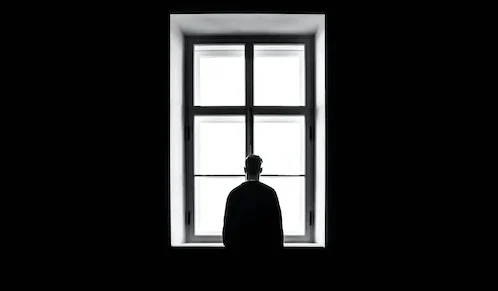
Grief’s Oscillation
Recently, I had the experience of being by the side of my mother as she died. This sad event provoked strong emotions that sit with me still. Seeing those around me helped me to recognise that something in the popular and somewhat old-fashioned cycle of loss and grief just didn’t fit. There is a more helpful, alternative model perhaps more aligned with my experience.
Loss and grief are experiences all of us go through at some point in our lives. The journey, the process, can be intensely felt, prolonged and it can feel lonely and painful. But while the experience of loss is inevitable, the feelings evoked, and the process are not universal.
In the late 1960’s Kubler Ross proposed a 5-stage model of loss and grief including: Denial, Anger, Bargaining, Depression, Acceptance. Her approach entered popular culture as the ‘go to model’ to explain and manage grief or loss. She correctly identified that we don’t go through the stages in a neat, step by step approach and rightly proposed we occupy different stages at different times and move back and forth between them. Some people get ‘stuck’ and need help to move forward.
While I find this model is potentially useful with an ‘out of the blue’ loss or multiple such events in quick succession, the process she describes is not a universal experience. In 1999 Stroebe and Schut proposed a dual process model of grief whereby a person oscillates between loss orientation attending to the feelings of sadness and grief, potentially resisting the reality of it and restorative orientation (moving on) attending to changes and new roles. Back and forth, back and forth, incrementally moving toward one of future resolution. This is a model more aligned with my experience and those around me.
Combining Stroebe and Schut’s model with CBT concepts may be useful during grief or loss.
- It is not an event or situation or person which causes an emotion, but how we see it and how we think about it. Deep depression resulting from death or loss is not a given though intense sad feelings which need time to make sense of might be. It depends on how we see death and loss and how we view the situation in which it occurred – everyone is different.
- Reality facing – however hard. Death is a reality of life, we will all experience it with others and in ourselves.
- Toleration of challenge and discomfort. Death is hard – sometimes very hard – to deal with and manage, but one can and one does manage through.
- Death is not world ending. It is very hard, it feels bad, but it is not world ending. If it is not world ending, then how do we engage with the world? – setting up for more restorative movement
These ideas are helpful, flexible and realistic to be able to move on, re-engage and go after new goals to see beyond our grief and navigate toward life.
My mother lived a long life and only struggled toward the end with dementia. I had time to say good-bye. The end was hard because it was final. I don’t live in denial. I don’t feel anger. I don’t want to bargain for more time or to wish it didn’t happen. But I do feel OK some days and badly other days. I know I will come to terms with it. I feel thankful for her and for the experience of being with her at the end. That is a privilege in life.



No Comments